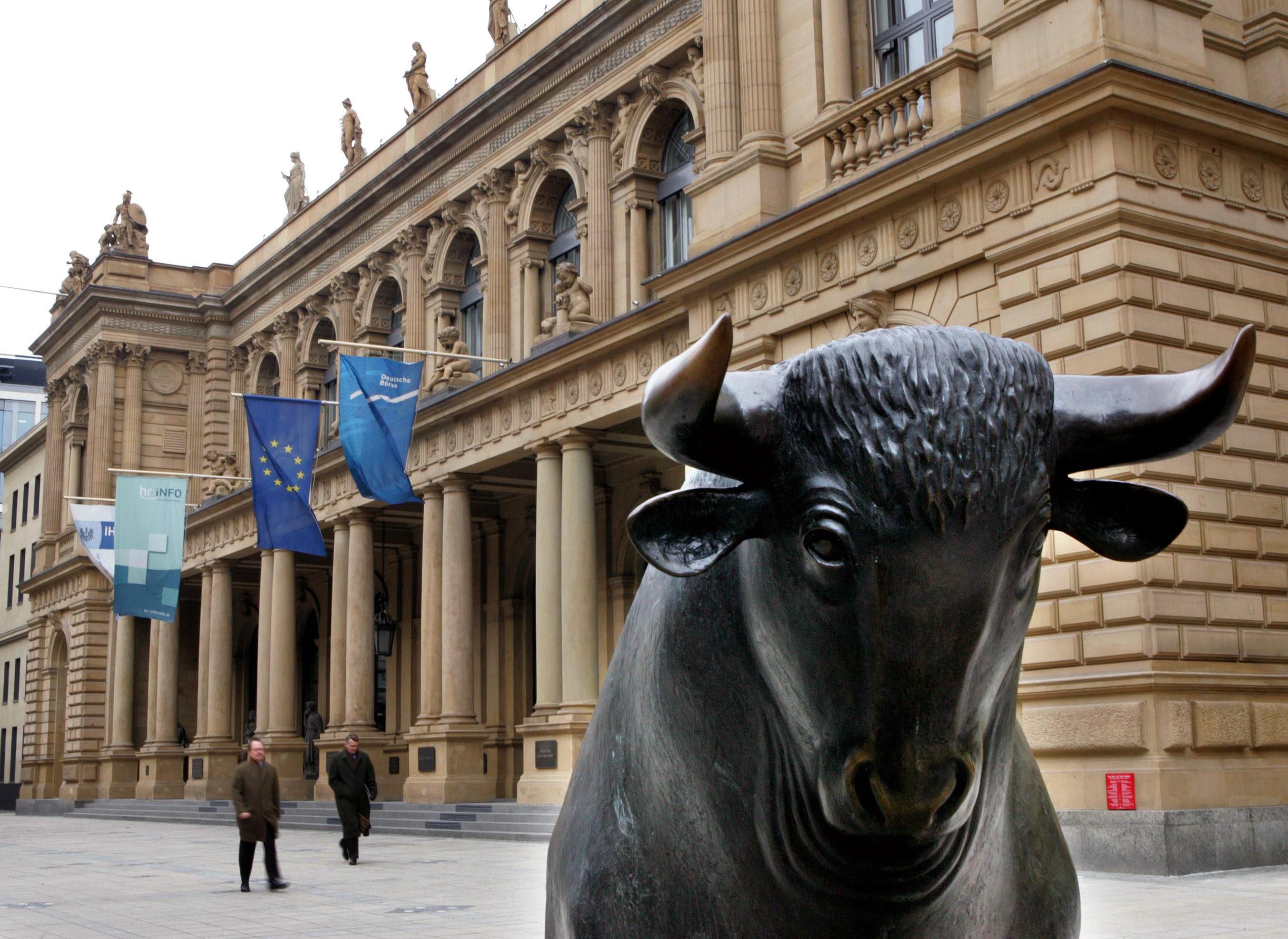24 hours after the US and the European Union signed the trade peace, market movers' interpretation went from bad to worse, almost ending up as a scare for sectors like automotive, the clear protagonist of the session in terms of losses. Initially, investors valued Europe's sacrifice in putting an end to uncertainty, but as hours passed, there was a continuous stream of criticism and doubts about what the final bill will be for European companies and finances. Reading the fine print is still pending. All investment banks agree that the abyss has been avoided, but the price is still unknown as many details are yet to be disclosed, something that is expected to happen in the coming hours.
Waiting for more details, European stock exchanges opened with modest gains that gradually turned red, with losses nearing 1% in the case of the German or French stock exchange, where the weight of sectors linked to manufacturing, automotive, or industry is higher compared to others like the Spanish or Italian stock exchanges, which are more focused on banks and experienced less impact during the session. Giants like Volkswagen went from a 3% increase to a 3.6% decrease, and the same trend was seen with German counterparts such as Porsche (which trades separately), BMW, or Mercedes Benz, with drops exceeding 3%. Within the EuroStoxx 50, the largest losses, over 2%, were also seen in two giants in the alcoholic beverage consumption sector like AB Inbev and Pernord Ricard, or in luxury firms like Kering and Adidas.
Hence, the market does not seem satisfied with certainty, "the predictability" mentioned by the President of the European Commission, Ursula von der Leyen. Clarity is lacking, state various analysis firms, not only in the agreement details but also in the investments announced by the EC in the US, which some analysis firms consider unattainable. All this in a context of higher tariffs for European products than those previously endured, at 10%. "The average tariff rate on US imports from the EU will increase from 1.2% in 2024 to approximately between 15% and 17% this year. This exceeds the expected 10% after the agreement between the US and the UK, but is below the 30% that was threatened to be imposed after August 1. Obviously, this will be an obstacle for Eurozone activity, which will decrease by around 0.5%," state analysts from Generali Investments.
The issue, as identified by Mediolanum, lies in the medium term, as the new 15% tariff policy "poses a considerable challenge for economies highly dependent on exports, such as Germany and Ireland (...) and will likely weigh on growth in the coming quarters." Firms like the Japanese MUFG estimate this impact at 0.2% of the EU's GDP preliminarily.
Initially, investors expected an agreement similar to the one announced with Japan last week. That was what was anticipated, but the reality is more detrimental for European economies due to the investment commitments made, as the 15% tariff, in general terms, also includes the automotive industry. The Japanese government has pledged to invest around $550 billion in the US, $50 billion less than the EU, but it has not been revealed that they have promised more investments, neither in energy, defense, nor military equipment, as in the case of the European Union. Their commitment involves acquiring energy products worth $750 billion and defense spending of $600 billion. "We do not expect these relatively vague measures to have a significant impact, as they would probably have occurred anyway, given the EU's short-term dependence on US arms and its goal of permanently reducing energy ties with Russia," conclude from the Italian management company.
Analysts from Bank of America are optimistic mainly because they believe the automotive sector has the capacity to negotiate lower tariffs by 2026. This has been made public by companies like Volkswagen or BMW, which are already negotiating individual agreements with the US Administration, not only for what they export but also for what they import from their production in the US. In BMW's case, exports - of 150,000 vehicles per year - are partially offset by the 90,000 cars imported from the US; for Mercedes, the balance is 180,000 vs. 65,000 imported vehicles. In fact, Volkswagen's CEO, Oliver Blume, is using the committed investments worth $20 billion in the US over the next five years as leverage. "This suggests that for every dollar of investment, the group pays one dollar less in tariffs," point out from BofA, something that would apply to all their brands, including Porsche, which does not manufacture any vehicles there.
These high-end cars are particularly relevant for wealthier Americans because they will have to pay more for them considering they are mainly manufactured outside the US.
BofA analysts estimate that the situation will improve for the European auto sector. They expect tariffs to impact around 1.5% of the sales of the main automakers in 2025, especially Porsche (2.1%) and Audi (1.8%), and to decrease to 0.2% next year.
The strength of the euro began to waver yesterday after the agreement was reached, where the US will clearly benefit by imposing 15% tariffs on all European imports for a majority of products, although the details by sectors or specific products have not yet been revealed. The European currency fell by 1.3% at the close of the market in Europe, on the verge of losing the 1.16-dollar mark, returning to lows of the last month after three consecutive sessions of declines. However, there is still a long way to go to reverse the dollar's retreat against other major global pairs. In the year, the erratic decisions made by Donald Trump have caused his currency to depreciate by nearly 11% against the euro, 11.5% against the Swiss franc, and 6% against the Japanese yen.
